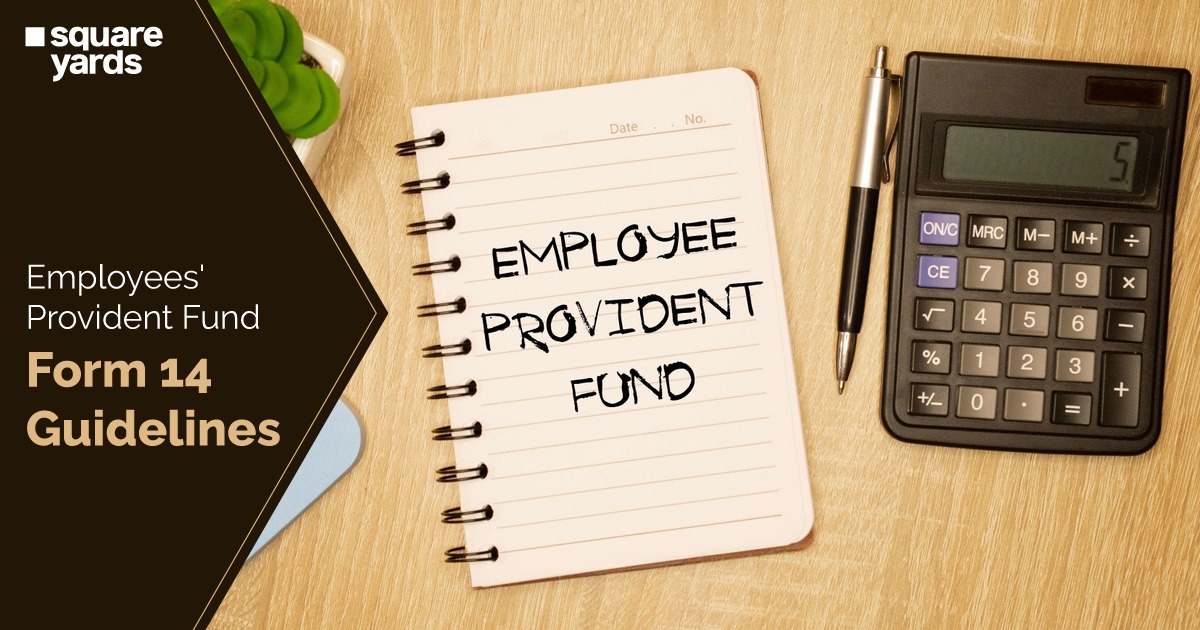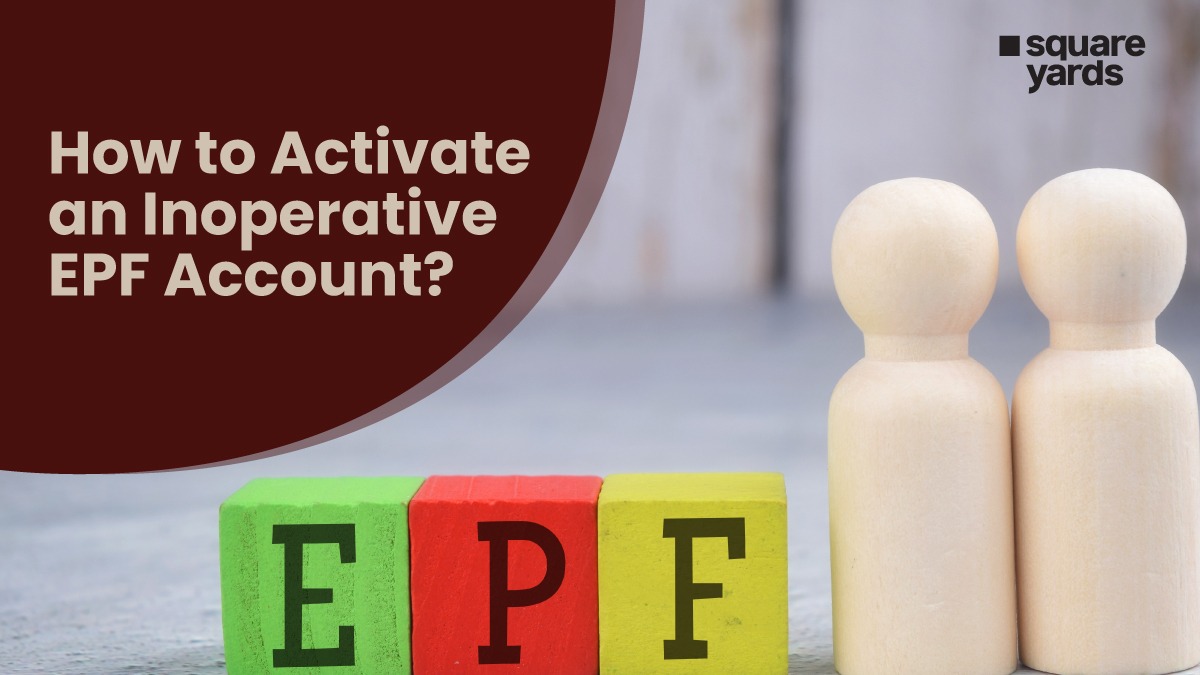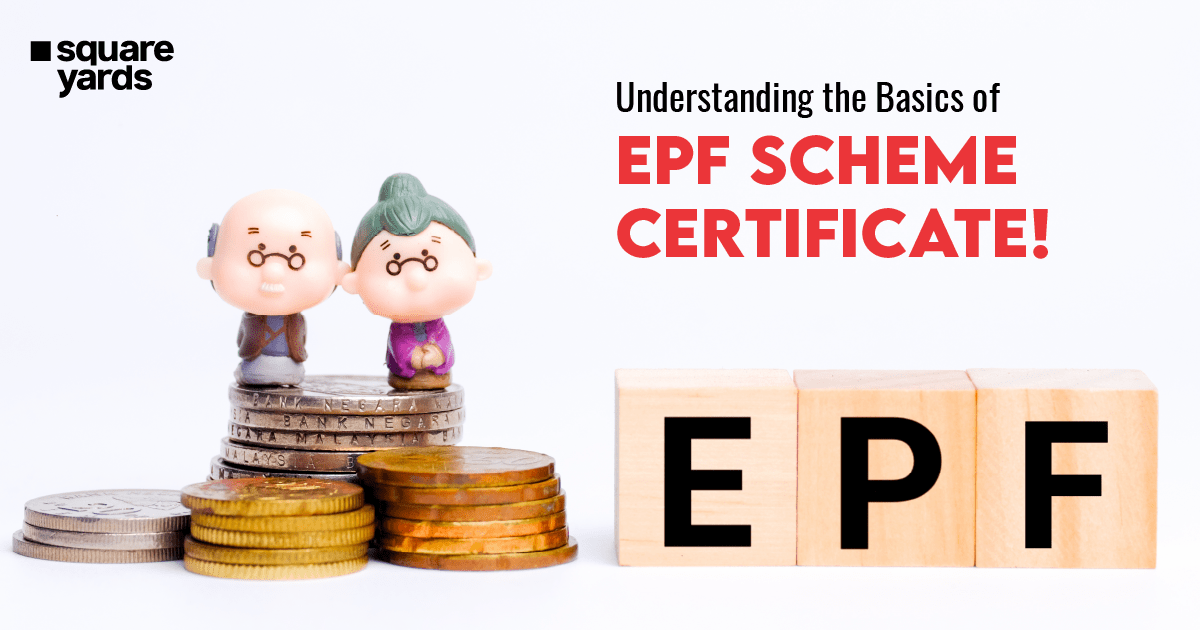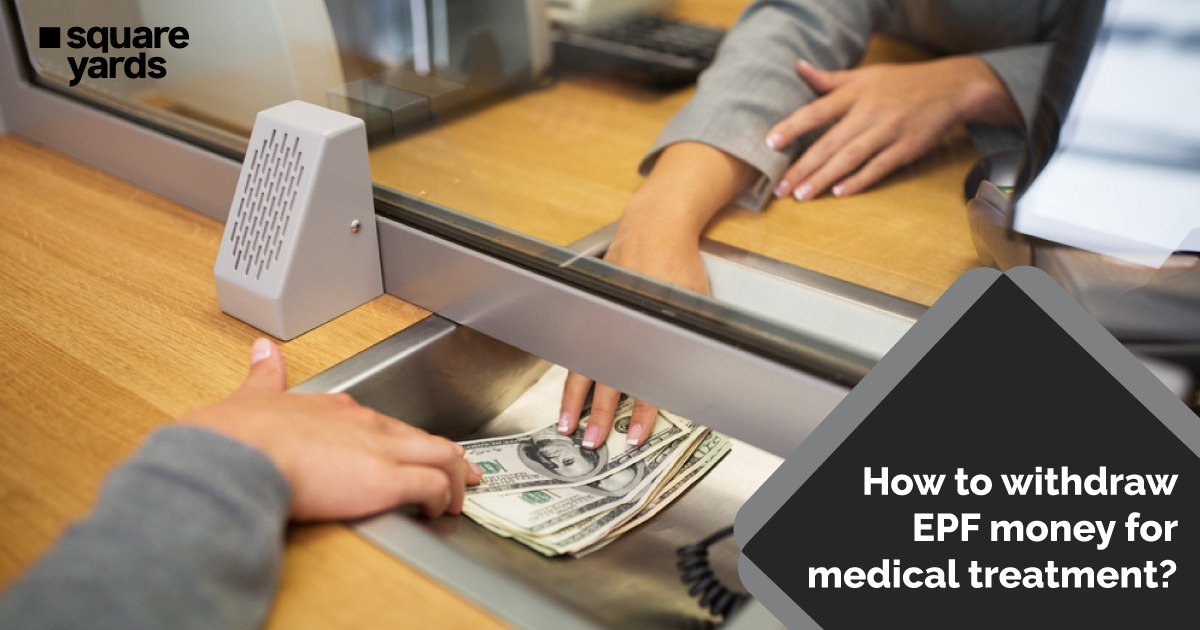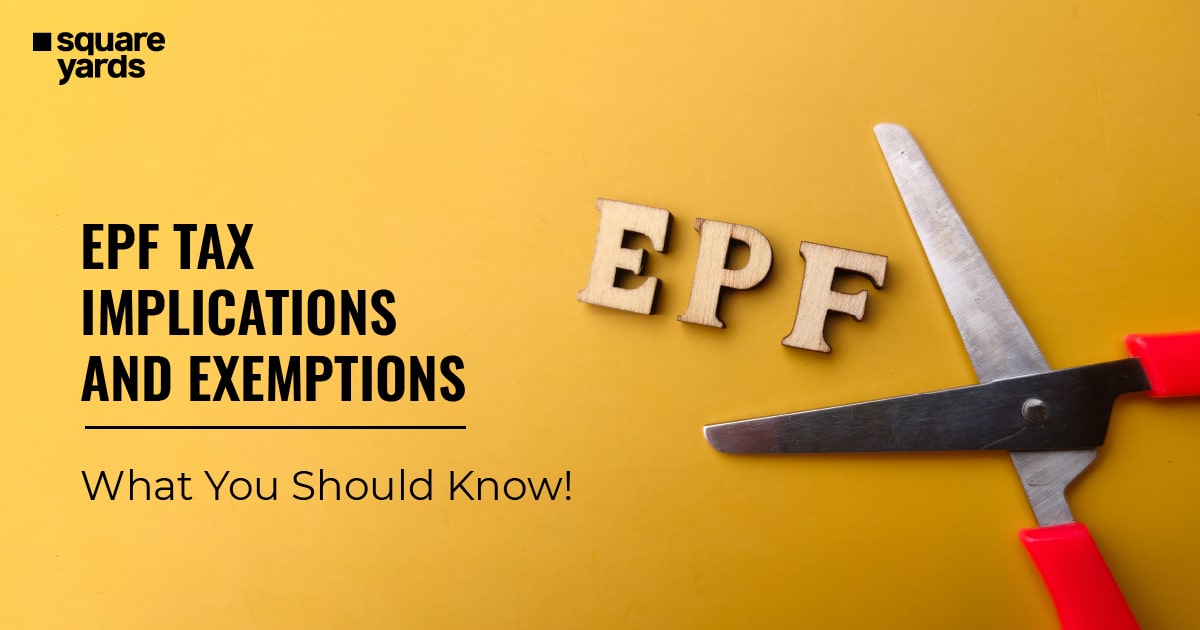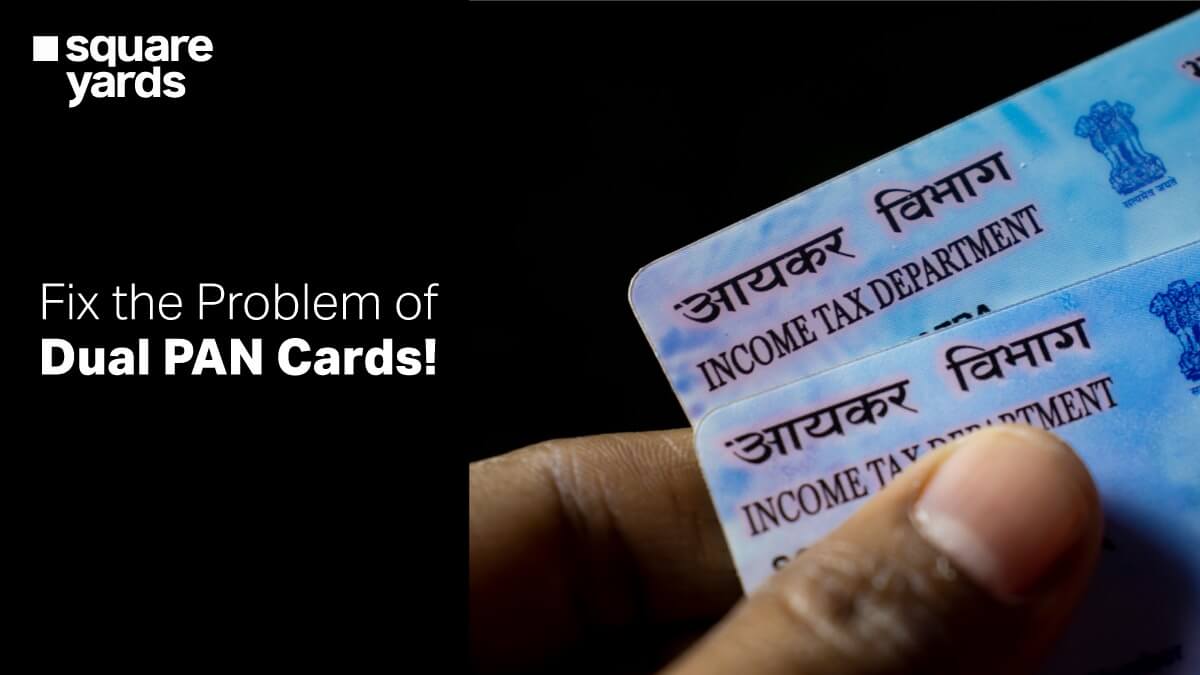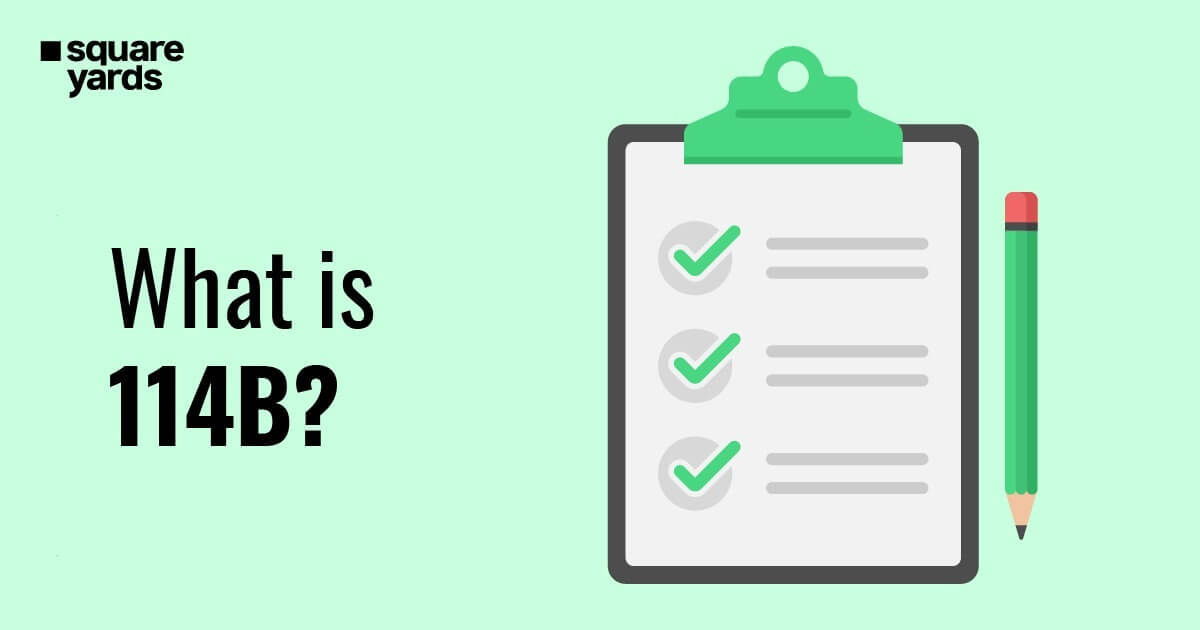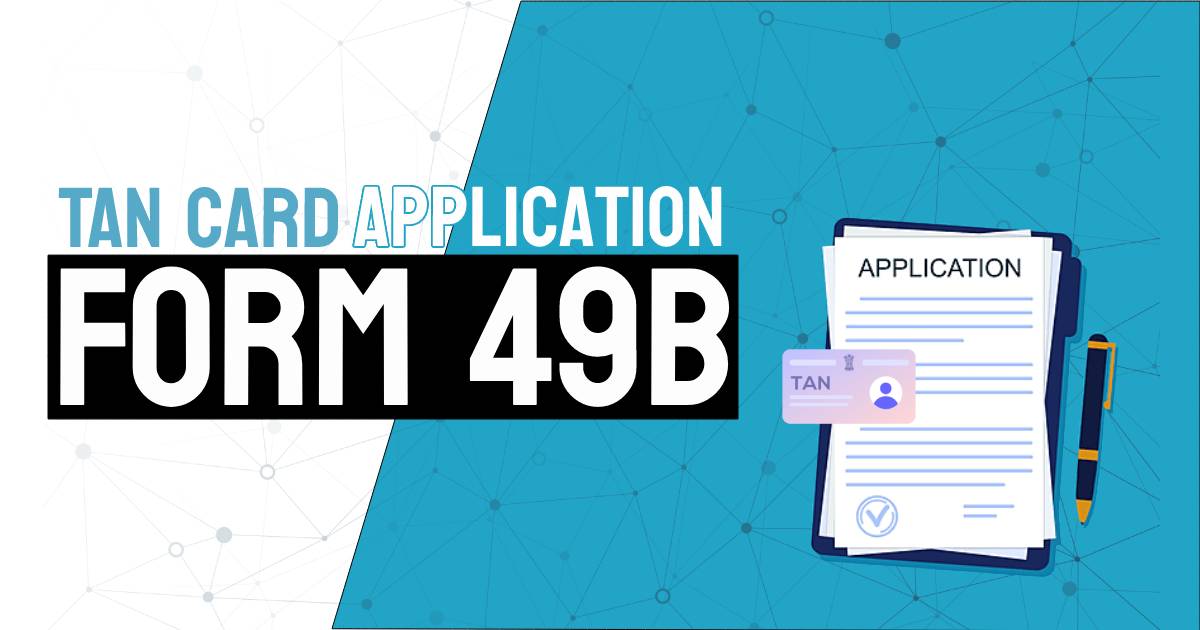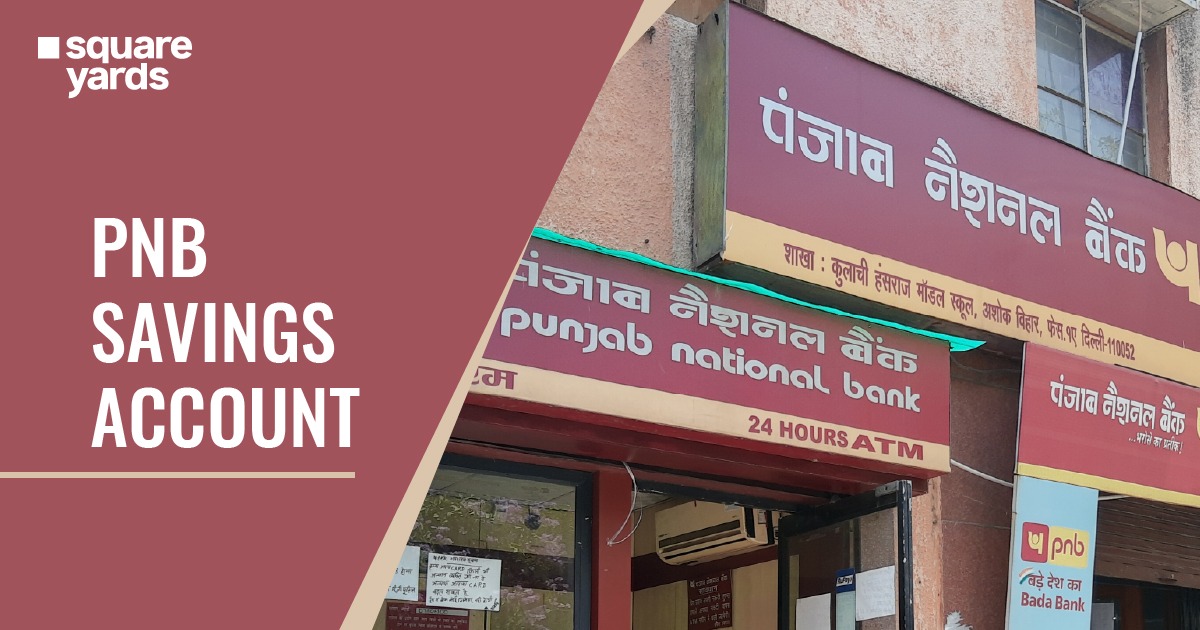A term deposit is deemed one of the best investment options that offer you a steady return on investments. Recurring and fixed deposits are the two categories a term deposit can be majorly classified under. A fixed-term investment, money is usually kept in term deposits for a short maturity period, ranging between one month and some years. It also has different levels of required minimum term deposits.
In term deposits, you, as an investor, should be mindful that you can withdraw the money only after the maturity period or term is over. However, in some cases, you may be permitted by the account holder for early withdrawal of funds. But it is only possible if you notify the bank or financial institution several days of notice beforehand. And, although you will be able to take the funds, you will be levied with an amount penalty for early termination of the account.
In this article, let’s get to know everything about term deposits so that you can make the best investment decisions now and in the future.
Table of contents
Term Deposit : Meaning
A term deposit is an investment instrument in which you can deposit a lump-sum amount of money. On this invested amount, you will get the rate of interest that you agreed upon during the investment.
This amount will be locked for a fixed period which ranges from one month to 5 years. To avail of a term deposit, you can choose to go to banks, unions of credit, building societies, post offices, or other non-banking financial companies (NBFCs).
Term Deposit Explained
As an account holder, when someone deposits their funds in the bank, the bank has the authority to use that money to give or lend it to other customers for business purposes. In return, the bank offers the depositor compensation in the form of interest rates on the account balance.
The interest rate paid on the term deposit is slightly higher than that of the other standard savings account or interest-bearing checking accounts. This is because the funds are locked, and investors only have limited access.
Term deposits are the safest form of investment which is also appealing to low-risk and conservative investors. The financial instruments for term deposits are sold by credit unions, banks, and thrift institutions.
The term deposits sold by the banks are insured by the Federal Deposit Insurance Company (FDIC). The term deposits sold by credit unions are insured by the National Credit Union Administration (NCUA).
Key Points About Term Deposit
- The term deposit investment is locked for a period of time that you decide while investing in it.
- It is a short-term deposit whose maturity is between 1 month to 5 years.
- In term deposit, the investor can get a higher rate of interest than the fluid savings scheme in which the investors can withdraw the money at any point in time.
Features of Term Deposit
The term deposit is safe and has multiple monetary benefits that make it popular among various investors. Below listed are the essential features of the term deposit:-
- Fixed Interest Rate: The interest rate for the term deposit accounts is fixed and is not liable to fluctuate with any change in the market.
- Investment Safety: As the rate of interest on term deposit is not subject to change with the change in the market, it makes term deposit one of the safest options for investment.
- Preset Period of Investment: In term deposit, the investor can choose the tenor of the investment that they want among the tenors offered by the bank. Normally, the rate of interest offered by the bank is higher for the longer tenor of investment. But, it is still advisable to compare all the interest rates and tenor before investing in any term deposit.
- Payment of Interest: With a term deposit, investors get to choose whether they want to receive the interest amount after maturity or periodically (yearly, quarterly, or monthly).
- Generation of Wealth: The stable rate of interest on the investment of the term deposit ensures that the wealth of investors grows even when there are difficulties in the market.
- Rollover: The investors who do not wish to take the funds after the maturity period get the option for rolling over the deposit to a fresh new term. ‘Rollover’ means reinvestment of the maturity funds that proceeds in the new term deposit along with adding on to the rate of interest. Hence, the investor is provided the flexibility of choosing not to utilize the money as soon as the maturity period of the term is completed.
- Premature Withdrawal Penalty: As the term deposit comes with a fixed tenor, the deposit is considered as ‘Lock-in’. If the investors want to withdraw the fund before the completion of tenor, that is, the lock-in period, they are required to pay a penalty to the institution. Also, they will receive lower rates of interest on the funds.
- Loan Against Deposit: In an unpredictable situation where the investors need financial equity, the investors can avail the loan of up to 60-75% of the total deposit amount.
- Taxation on Interest: Under the Income Tax Act, 1961, the interest amount earned on the deposit funds are liable to be taxable income and are also subject to Tax Deducted at Source (TDS).
- Limit of Low Investment: The low investment limit varies depending upon the financial institution. But, in general, ₹1,000 is the lowest limit of investment. At the same time, there is no upper limit in term deposits, and investors can invest as much as they want.
- Deposit Insurance: Under the regulations of the Reserve Bank of India (RBI), deposits made in any of the reputable and certified banks are eligible for insurance coverage of up to ₹ 1 lakhs. The insurance deposit coverage is under the Deposit Insurance and Credit Guarantee Corporation (DICGC).
Term Deposit Rate of Interest
When the rate of interest increases, customers start investing more in the term deposit accounts as the increased interest rate, and cost of borrowing makes the term deposits attractive to the investors. At the same time, higher rates of interest make the financial institutions liable to pay the investors back with a higher rate of interest resulting in more earning for the latter.
When the rate of interest increases, the bank encourages the customers to borrow more funds and spend more as this helps stimulate the economy. However, when the interest rate is low, the demand for term deposits slightly declines as investors tend to invest in the typical fund schemes that pay a higher rate of interest.
Typically, the rate of interest should be in proportion to the time period until maturity. At the same time, the minimum principal amount lent to the bank or credit union should also be in proportion with the rate of interest and time. In other words, a six-month term deposit will likely give a lesser rate of interest to the investors than a three-year term deposit.
Higher rates of interest for the investors are only possible after locking their funds in the account for a longer period of time. They can earn higher rates of interest with higher investment amounts too. For example, a Jumbo CD whose term deposit is ₹100,000 will have a higher rate of interest than the CD with ₹1,000.
Different Types of Term Deposit
There are seven types of term deposits that you can choose from. Let’s check out what each of them are below.
- Cumulative and Non-Cumulative Deposit – In cumulative deposit, it is the option that provides the investors who do not wish for a regular monetary income from the term deposit. Hence, the interest earned on the funds is further reinvested into the term deposit and gets paid out as a lump sum amount at the end of the tenure. On the flip side, a non-cumulative deposit is an option for investors who want a regular monetary income or regular interest payout. In a non-cumulative deposit, the rate of interest earned is credited to the account of investors at regular intervals of time (on a monthly, quarterly, or yearly basis).
- Sweep-in Facility Term Deposit – Sweep-in is a feature of term deposit provided by financial institutions that enable investors to set an upper limit for their savings account. Any amount which is higher than the set limit will automatically go to the term deposit. If the savings account has a deficit amount, then the amount from the term deposit will be withdrawn to the account with a loss on the rate of interest on the funds that are swept in. Usually, the sweep-in term deposits provide a higher rate of interest.
- Short Term and Long Term Deposits – This classification of term deposits is based on the holding period of the investment. A short-term deposit has a lock-in period ranging from one month to twelve years. Investors who want quick returns can invest in short-term deposits. The lock-in period for long-term deposits ranges from 1 year to 10 years. It provides a higher rate of interest than short-term deposits.
- Senior Citizen Term Deposit – The individuals who are over 60 years old are considered senior citizens. Most financial institutions provide a higher rate of interest on the term deposits for senior citizens. Even at some banks, senior citizens are liable for tax-saving term deposit schemes.
- Special Deposit Schemes for Children – A few of the term deposits are aimed towards the welfare of the children. The Sukanya Samriddhi Account is a scheme launched by the Government of India that aims to provide and improve the financial stability of girl children above the age of 10 years.
Different schemes are being launched by different banks which focus on the financial welfare of the children. Such schemes are the ‘Sishu Mangal’ term deposit scheme by the Allahabad Bank and the Balika Shiksha Scheme for girl children by the Punjab National Bank. Many other schemes have also been launched by different banks in India.
- Post Office Term Deposit – You can get a few financial services at the post office. One such financial service is the Post Office term deposit, wherein you can open an individual or joint term deposit account. Under this, you can hold multiple term deposits and transfer term deposits from one post office to another.
The minimum term deposit limit in Post Office terms is ₹1,000 with a current interest rate of 7.9% for five years. Any term deposit longer than five years tenor is eligible for tax benefits as suggested by Section 80 C of the Income Tax Act, 1961. - Tax Saver Term Deposit – Under the tax saver term deposit, it is liable to pay for tax deductions of up to ₹1.5 lakhs under Section 80 C of the Income Tax Act, 1961. This tax-saver term deposit has a lock-in period of 5 years.
Applying for Term Deposit
The process to apply for a term deposit is quite similar to that of a savings account. When a potential investor wants to open a term deposit in the same bank as the savings account, the process for a term deposit becomes simpler.
A majority of the financial institutions and banks have made it easy with their online application system with a time-saving process for verification. One thing that you should keep in mind is the eligibility criteria. Every institution or bank has its eligibility criteria for term deposits. Hence, you should always check the details before applying for one.
Opening a Term Deposit
Term deposits are also known as certificates of deposits. The customers or investors can view the condition of the term deposit through paper statements. This paper statement will require a minimum principal amount, the rate of interest paid, and the duration (the maturity time) of the term deposit as agreed by both the depositor and the bank.
You can open a term deposit with the steps mentioned below (it can vary depending upon the bank or institution):-
- Before applying for a term deposit, ensure that you have good network connectivity with net banking features and PAN card details.
- After you enter the username and password details in the portal of the institution, you will get access to the list of online services provided by them.
- Select the option for creating an account for term deposit from the list of online services.
- Proceed to fill up your details and the details of the nominee (if there are any).
- Enter the amount that you want to lock in for the term deposit.
- Before choosing any plan, check the interest to tenor ratio to choose the right one according to your needs.
- If it is a non-cumulative term deposit, opt for the interest payment frequency, as per your preferences, which can be fortnightly, monthly, quarterly, or yearly.
If your request is processed successfully with all accurate details, a term deposit account will be created within 1 or 2 business days.
Closing a Term Deposit
Closing a term deposit account before its maturity makes the depositors liable for penalty charges. If a depositor wishes to close their account prematurely, they will need to inform their bank or financial institution. For this, they will need to submit a document that validates the closure of the term deposit in the bank or institution. The necessary charges by the bank or institution will be deducted from the amount received by the investor.
Here’s how you can easily close a term deposit account online:-
- Log in to the portal using your username and password.
- Select the ‘Close Account’ option enlisted under Term Deposit Service on the portal.
- After you are redirected to the page that comprises the list of all your term deposit accounts, choose the one you want to terminate.
- Verify the details of the account and accept the ‘confirmation’ prompt.
- You will instantly receive a notification and instructions that you need to follow to close the term deposit account.
- After you have received the notification for closure of the term deposit account, you will be asked to check your savings bank account to ensure that the funds have been transferred.
Rate of Interest Factors for Consideration
It requires a significant amount of funds to invest in a term deposit. One will always consider the option that will give higher returns along with timely payment of interest.
Below mentioned are the factors that you can take into consideration before investing or opting for a term deposit account:-
- The returns on the term deposit should be obtained as a direct credit until you opt for a rollover term.
- If the bank that has your savings account is not offering profitable term deposits, then you should opt for a different bank. But, it is also advisable to know that the latter will be willing to get credit for the interest income in the savings account of the previous bank.
- According to the financial needs of the depositors, the investor can either choose to accumulate interest amount upon maturity or opt to receive the interest periodically. The periodical intervals can be fortnightly, monthly, quarterly, or yearly.
- Before investing, carefully go through the customer reviews about the bank or the financial institution along with the term deposit services they are offering. Compare it with the viable options.
Pros and Cons of Term Deposit
Every investment plan has its own pros and cons, and so does the term deposit. Before wrapping up about term deposit, let’s get to know about its pros and cons.
Pros of Term Deposit
- In term deposit, you will receive a fixed rate of interest for the time your funds are locked in.
- They are safe, risk-free investment options covered and backed up by FDIC and the NCUA.
- In different term maturities, investors are allowed to stagger the end-dates as that help in creating an investment ladder for the deposit.
- Term deposit schemes have a low deposit amount.
- Even for larger initial invested amounts, the term deposit will pay higher rates of interest.
Cons of Term Deposit
- Compared to other fixed-rate investments, the interest rates of term deposits are typically low.
- On early withdrawal of the term deposit funds, the investor will need to pay a penalty or lose all the interest earned on the funds.
- The rate of interest in a term deposit is not at par with the rising inflation in the market.
- The incidence of risk rises if investors have a low-interest rate term deposit at a time when the overall rate of interest is increasing.
Example of Term Deposits
To help you understand, here’s an example of a term deposit:-
If you put ₹25,000 into a three-year cumulative TD with an annual interest rate of 7.1%, it will mature to ₹30,712. The interest is earned annually at a rate of 7.1%. In contrast, non-cumulative TDs distribute interest regularly and do not benefit from compounding.
Difference Between Term Deposit and Fixed Deposit
|
TERM DEPOSIT |
FIXED DEPOSIT |
|
A form of savings account in which funds are saved for a set duration of time at a predetermined interest rate. |
Similar to term deposits, where a lump sum of money is deposited for a fixed tenure at a predetermined interest rate. |
|
It is also known as Time Deposit or Time Account. |
It is often referred to as Fixed Term Deposit or FD. |
|
The deposit term can often range from a few months to a few years. |
Tenure is predetermined and fixed, extending from a few months to several years. |
|
Term deposit has limited flexibility; withdrawals before maturity may incur penalties or loss of interest. |
Early withdrawals in fixed deposits may result in fines or a reduction in interest. Some banks permit conditional partial withdrawals. |
|
Interest rates may differ based on different banks, the term of the loan, and market circumstances. |
Interest rates are set at the moment of deposit and remain unchanged throughout the tenure. |
|
Depending on the terms and conditions of the bank, interest can be paid monthly, quarterly, yearly, or even after maturity. |
Interest is normally paid at the end of the period or according to the terms specified when the deposit is created. |
|
Term deposit is suitable for short to medium-term savings goals. |
Fixed Deposit is suitable for long-term savings and wealth accumulation. |
It is important to understand that the terms and conditions for term and fixed deposits may differ among financial institutions and may be influenced by local regulations. It is recommended to thoroughly review and comprehend the terms provided by your preferred bank or financial institution before depositing any funds.
You May Also Read
Frequently Asked Questions (FAQs)
Ans: A Term Deposit or Time Deposit is an investment product in which a lump sum amount of money is secured at a predefined interest rate for a set length of time ranging from one month to ten years. Financial organisations such as banks, non-banking financial firms (NBFCs), credit unions, post offices and building societies offer term deposits. Ans: Whether a term deposit is tax-free or not is decided by special tax rules and regulations of the country in which you reside. In many countries, interest income earned from term deposits is not tax-free and is subject to income tax. Ans: Term deposits are typically short-term investments with maturities ranging from one month to many years. Ans:
The formula to calculate term deposit Simple Interest (SI) is Simple Interest = Principal (initial deposit) x Rate of Interest x Time (in years) divided by 100. Ans: Withdrawals before maturity may result in fines or loss of interest on a term deposit. Ans: A term deposit is commonly utilised when the deposit is prolonged for a specific duration, such as 3 months or 6 months, and so on. Conversely, fixed deposits are kept for periods of 6 months or longer. Q1. What is a Term Deposit?
Q2. Is term deposit tax-free?
Q3. What is the maturity of a term deposit?
Q4. How is term deposit interest calculated?
Q5. Can I change my term deposit before maturity?
Q6. Is a term deposit equal to a Fixed Deposit?






